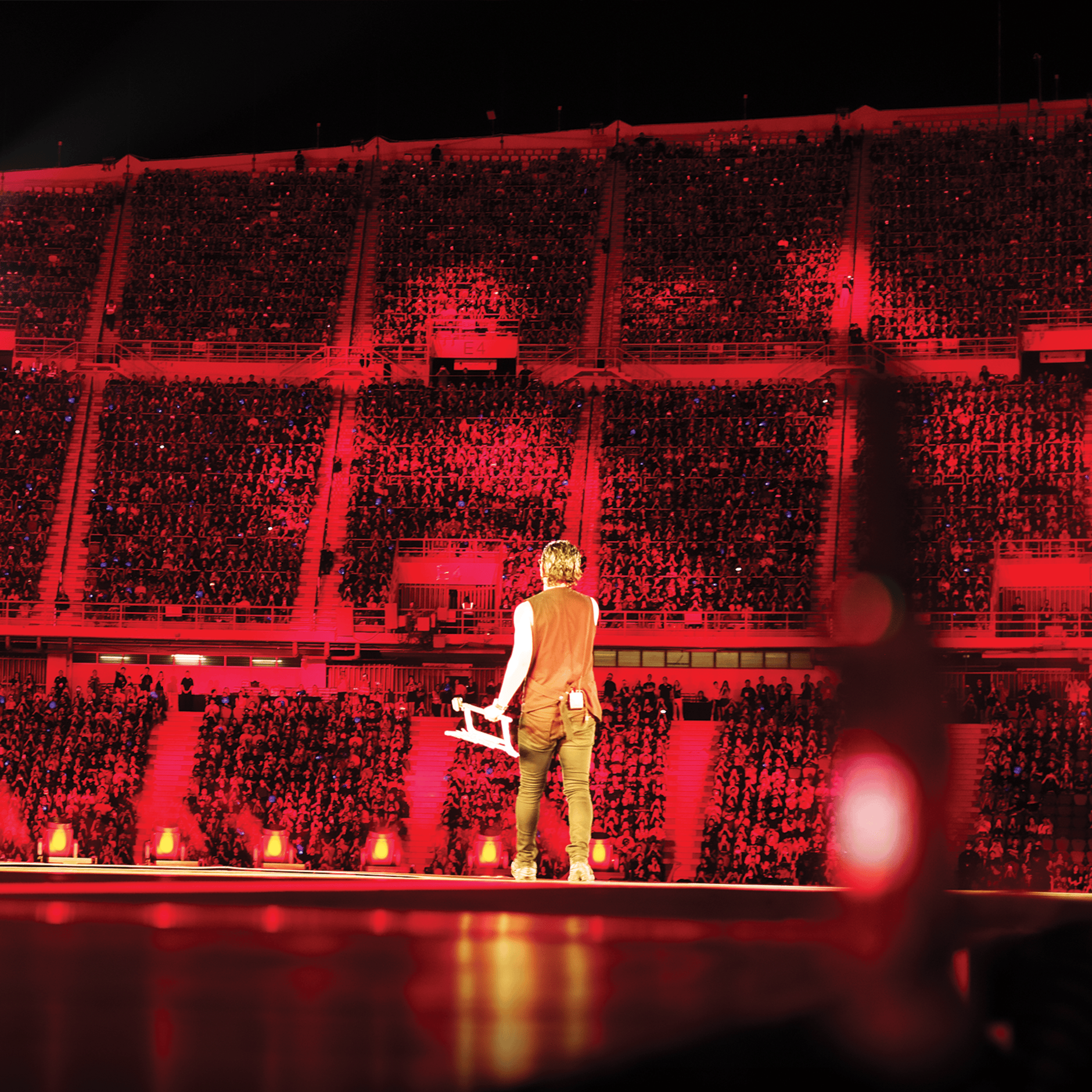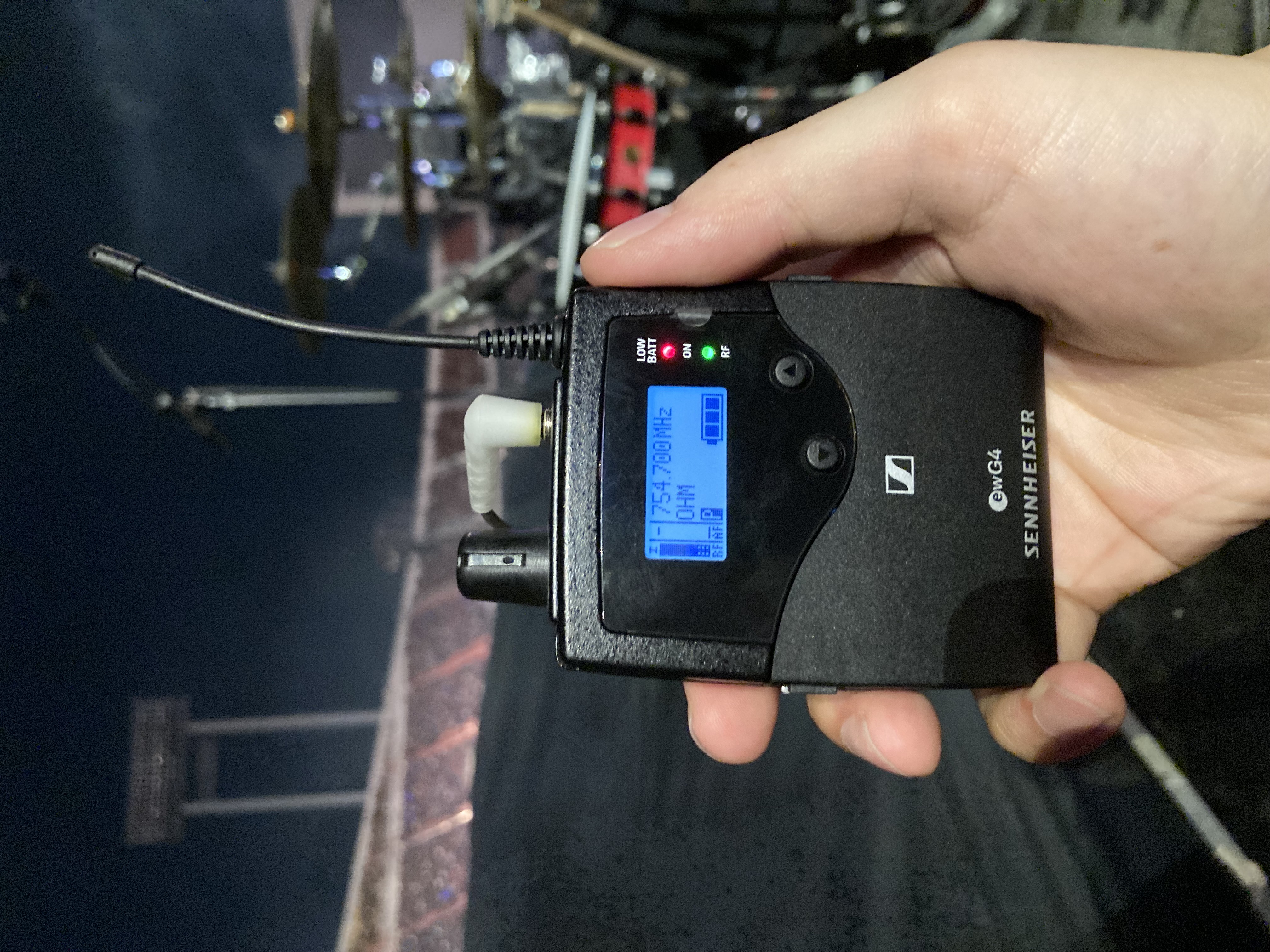When bands need reliable wireless in complex environments, they rely on Sennheiser. So when Thai rock icons Cocktail embarked on their farewell tour, EW-D came along for the ride. We caught up with Cocktail’s audio team after the tour wrapped to learn more about the challenges they had faced in live environments over the years, and how EW-D ultimately provided the solution.
Mind (Front of House Engineer):
We’ve been using Sennheiser gear for a long time, and personally, I really like the setup we used on this tour — especially the EW-D system paired with the Neumann KK204 capsule, which Ohm (Cocktail vocalist) used.
Signal stability has always been a challenge, especially in complex live environments. But since switching to EW-D, the difference has been remarkable. We rarely experienced dropouts. It’s an incredibly stable system, especially when combined with a well-placed antenna setup. For a tour as important as this one, that level of reliability was a game-changer.
What I’ve always liked about Sennheiser mics is how well they handle high frequencies; they sound really smooth and natural. We’ve fine-tuned the sound over time by experimenting with different capsules and setups. Before this, we used the MMK 965, which we keep as a backup. It still performs really well.
But with EW-D, it’s not just about the tone; it’s also about the system’s stability. As long as you manage things like antenna placement, signal path, range, and the combiner setup correctly, the results are consistently excellent. That’s exactly what we needed for this tour.
Bom (Monitor Engineer):
I am mainly responsible for the monitor mix, especially the in-ear monitoring setup for Ohm and the rest of the band members. That includes managing the wireless IEM systems and making sure everything on stage runs smoothly.
Cocktail uses Sennheiser across the board from vocal mics to in-ear monitors. For IEMs, we rely on the EW IEM G4. For Ohm’s vocal mic, it’s the EW-D system paired with the Neumann KK 204 capsule. The sound quality is excellent — very clean and clear.
One of the biggest improvements we’ve seen with the EW-D system is the reduction in interference. It's a digital system that operates in two bands, which makes frequency coordination much easier to manage, especially in busy RF environments. What I really love is the syncing feature; you can sync the mic mid-air really fast, and the mobile app gives you full control on the fly. This feature makes on-site troubleshooting a lot faster and more efficient.
Before EW-D, we used an analog system. It worked, but it had its limitations. With EW-D, things are much more stable, with lower interference and quicker setup. In a live concert setting, where every millisecond matters, speed and reliability are critical. There’s no room for error.



